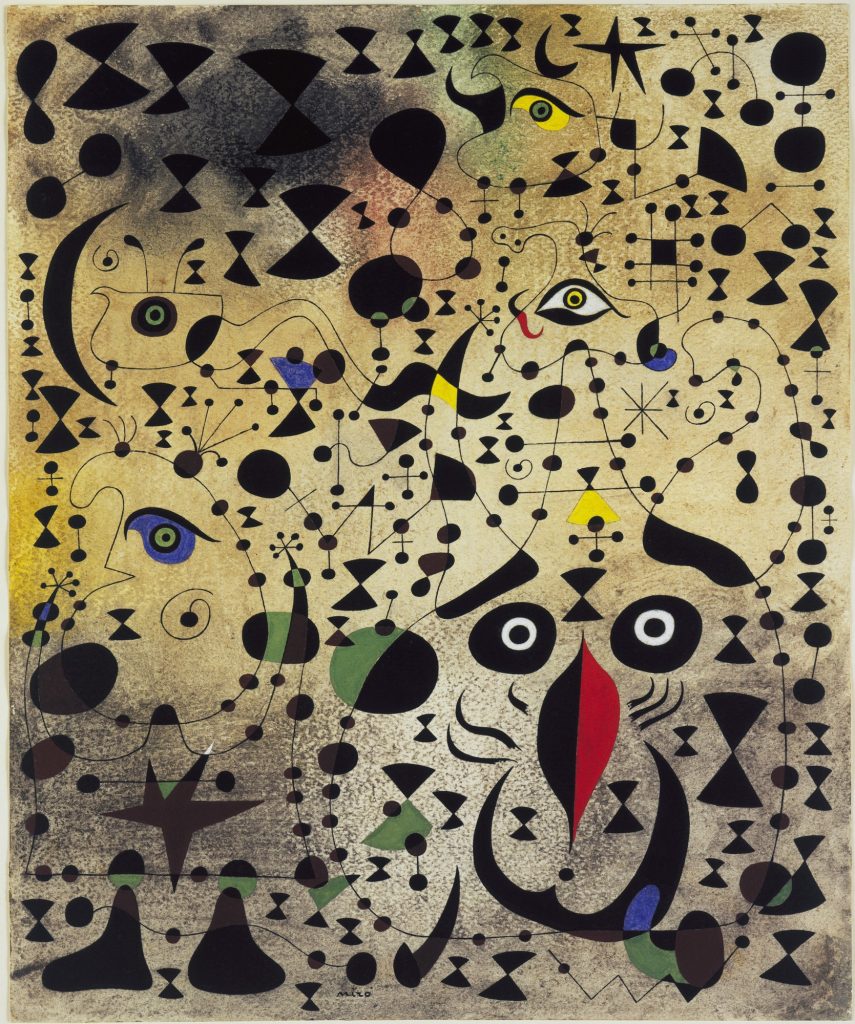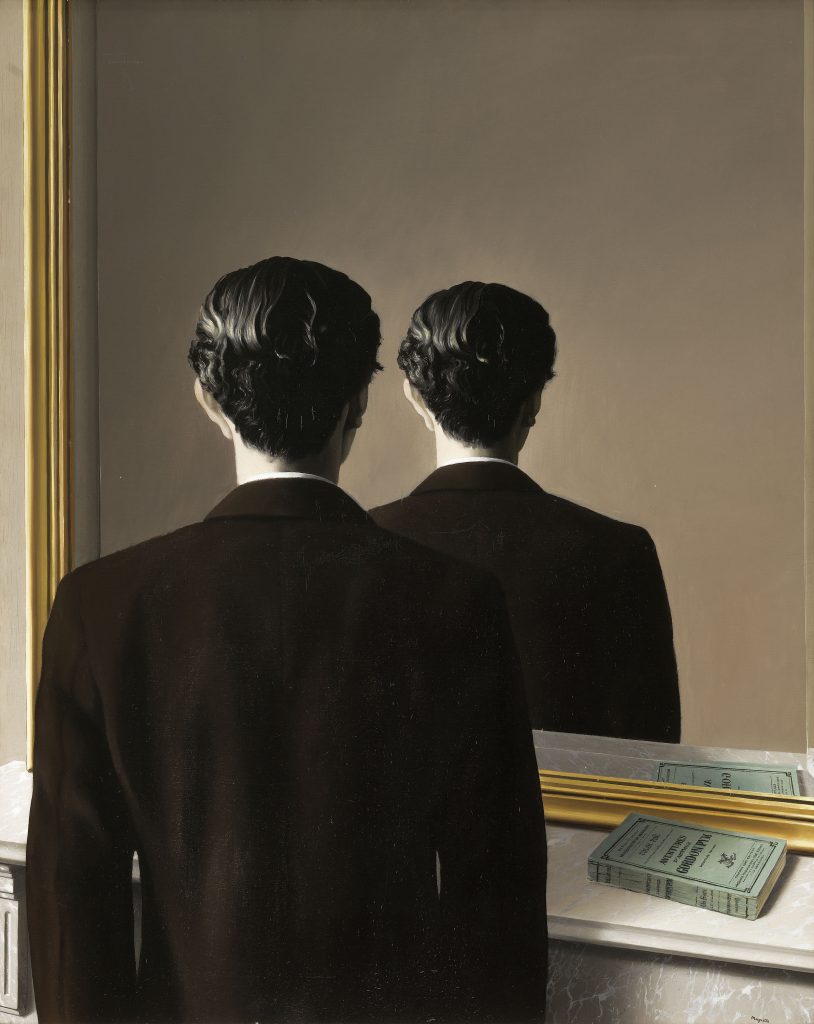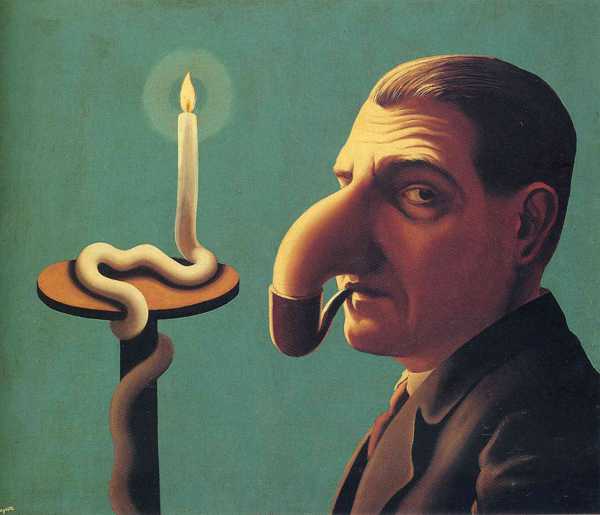Colour Theory and Cool Type (1925-1930)
Summary:
In this week’s lecture, we learned about Art Deco, the Bauhaus school, and the leap forward into modern typography. The Dasstaatliche Bauhaus opened in 1919 in Weimar, Germany. Their goal was to create useful objects and designs. Walter Gropius was named the Bauhaus’ first director in 1919 and he had a new way of teaching design where students would be able to learn, but also able to make prototypes and sell them. He hired numerous famous and respectable artists to teach at his school. These include Johannes Itten, Josef Albers, Gerhard Marcks, Paul Klee, Wassily Kandinsky, Lázló Moholy-Nagy, Oskar Schlemmer, Marcel Breuer, and Herbert Bayer. However, due to the eccentricity of the school, the government and public believed that the Bauhaus provided no value and wanted to cut their funding. In response to this negativity, Gropius moved the Bauhaus to Dessau instead, allowing the school to gain more freedom.
Jan Tschichold never went to Bauhaus but he was inspired by their exhibition. He was very interested in typography and wrote an essay that set out rules about using type and layout effectively. He invented in Sabon type in the 1960’s and Paul Renner created his Steile Futura type in 1927. Kurt Schwitters was the leader of the Ring of New Advertising Designers, Piet Zwart thought himself as a typotekt (typographer and architect), and Paul Schuitema was another modern typographer.
Other notable events that occurred were the art movement Art Deco, the creation of the Chrysler and Empire State building, and Charles “Lindy” Lindberg’s crossing the Atlantic by plane.
This 5 year period was certainly packed full of important happenings. The art and design world was quickly accelerating from the creation of the Bauhaus school and typography was started to evolve to the modernness we see today. It was pretty fun to see these changes occur.
Research:
For this time period, I was assigned to the subject of “art/colour” and have decided to research the art movement of Surrealism.
Surrealism lasted from 1924 to 1966 and grew out of Dadaism. Both Dadaism and Surrealism were a rebellion against middle-class complacency, but instead of focussing on the negativity of the world, Surrealism focussed on positive expression.
In its most basic definition, Surrealism sought to channel the unconscious in order to unlock the power of imagination. Surrealists believed that the rational mind repressed the power of imagination as rationality weighed it down with taboo.
In the words of André Breton, a Surrealist, Surrealism was defined in his Surrealist Manifesto as the “psychic automatism in its pure state, by which one proposes to express- verbally, by means of the written word, or in any other manner- the actual functioning of thought”. He believed that artists could bypass reason and rationality by accessing the unconscious mind, which could be done by forgoing conscious thought and embracing chance when creating art.

https://upload.wikimedia.org/wikipedia/commons/thumb/6/63/Andr%C3%A9_Breton_1924.jpg/220px-Andr%C3%A9_Breton_1924.jpg
Through their disdain for rationalism and realism, Surrealists were very influenced by psychoanalysis, especially by the neurologist, Sigmund Freud. The works of Freud were profoundly influential for Surrealists, especially his book “The Interpretation of Dreams”. In his work, Freud legitimized the importance of dreams and the unconsciousness as valid human qualities, exposing complex and repressed inner worlds of sexuality, desire, and violence which provided a theoretical basis. Since Surrealism strongly emphasized methodological research and experimentation, Freud’s work was popular with Surrealists as they stressed the work of art as a means for prompting self-exploration and revelation.
Surrealists hoped that the psyche had the power to reveal contradictions in the everyday world and spur on revolutions. They believed that revelations could be found in the street and everyday life and were also interested in myths and primitivism.
Surrealism imagery was meant to jolt the viewer out of comforting assumptions, leading to outlandish, perplexing, and uncanny features with nature as the most frequent imagery. Despite the overall look of Surrealism, this art movement had two extreme types where art fell on and/or in between.
One side was organic/emblematic/absolute Surrealism, a spontaneous revelation of the unconsciousness. The viewer was confronted with images, usually biomorphic, that are suggestive, but indefinite. As the viewer’s mind worked with the provocative image, unconsciousness associations are liberated and the creative imagination asserts itself in an open-ended investigative process.

https://www.moma.org/media/W1siZiIsIjI2OSJdLFsicCIsImNvbnZlcnQiLCItcmVzaXplIDIwMDB4MjAwMFx1MDAzZSJdXQ.jpg?sha=1a011e18ad1020ee
The other extreme pole used Surrealism as a liberating start point of the exploration of personal fantasies (unconscious or conscious). This was usually done through formal means of great beauty. The viewer was confronted by a world that is completely defined and depicted but makes no rational sense. Fully recognizable and realistically painted images are removed from their usual context and reassembled in an ambiguous, paradoxical, or shocking framework. This kind of work aimed to provoke a sympathetic response in the viewer, forcing them to acknowledge the inherent “sense” of the irrational.

http://cubmagazine.co.uk/wp-content/uploads/2016/09/Magritte3Not-to-be-Reproduced.jpg
Surrealism can seem confusing to understand (which was part of its purpose) but ultimately, it was a means of reuniting the conscious and unconscious realms of experience. This would allow the world of dream and fantasy to be beautifully joined to the everyday rational world in “an absolute reality, a surreality”.
_
References:
- “Surrealism Movement, Artists and Major Works.” The Art Story, www.theartstory.org/movement-surrealism.htm.
- Britannica, The Editors of Encyclopaedia. “Surrealism.” Encyclopædia Britannica, Encyclopædia Britannica, Inc., 5 Nov. 2018, www.britannica.com/art/Surrealism.

